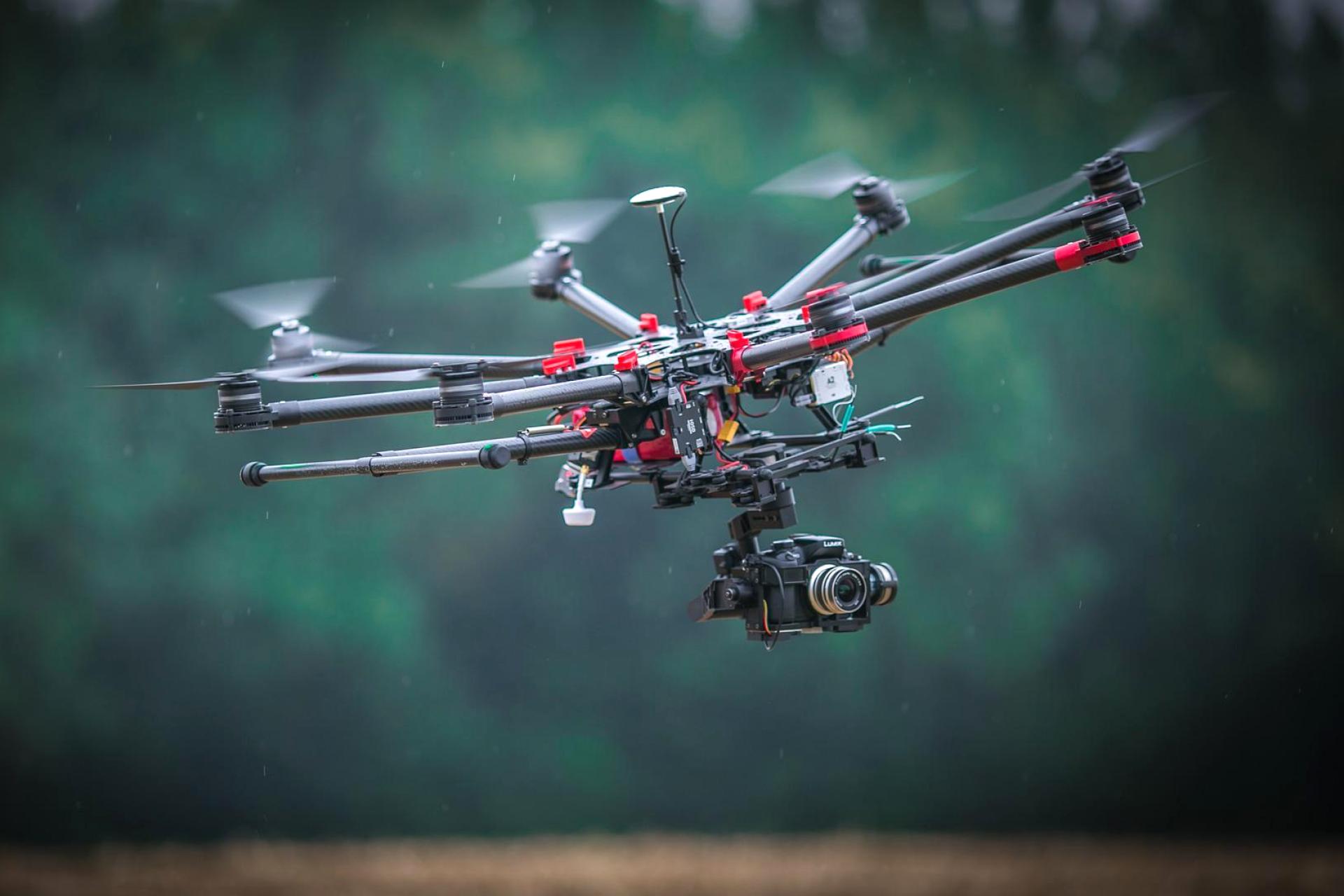Pakistan frequently sends drones to the Indian side for spying purposes as well as to smuggle drugs, weapons, and ammunition. The anti-drone weapon has now arrived at Nal Air Force Station, where it will be used to shoot down any Pakistani drones that approach the Indian border. In addition, anti-drone jammers have already arrived at the security agencies, which will jam the drone’s GPS.
The Indian Air Force has received a new hi-tech anti-drone system in the border areas of Rajasthan with the help of which, dealing with Pakistani drones will now be easier, Dainik Bhaskar reported.
Anti-Drone Gun has arrived with the Air Force. The Air Force also has an Anti-Drone Jammer which will jam the GPS connection of Pakistani drones. The nodal center for anti-drone operation will be made at Bikaner Air Force Station.

Drones are often sent to the Indian side for espionage and drug, arms, and ammunition smuggling by Pakistan. By the time the villagers inform the security agencies of spotting drones in the area, many times the Pak drones return home after doing their job.
Now the anti-drone gun has come into the Nal Air Force Station, from where the Pakistani drone coming into the Indian border will be shot down. Apart from this, anti-drone jammers have also come to the security agencies, due to which the GPS of the drone will be jammed.
This will cut off contact with those controlling the drone. Soon the Air Force will organize a conclave in which Army, BSF, police, administration and intelligence agencies will participate. In the conclave, the campaign against drones will be discussed in mutual coordination.
The central government made rules for flying drones in the year 2021, which were later revised this year. An interactive airspace map is fed onto the site. Green, yellow and red zones have been made available on the map. No fly zone has also been decided.
There is no need for any rules to fly drones in the green zone. There is a ban on flying drones in the no-fly zone. In this, only the police and security forces have the right to fly drones. To fly a drone, it is also necessary to take training from the Remote Pilot Training Organization. There is a fine of one lakh rupees for flying without permission.
There are five types of drones being flown in India, which are divided into categories according to weight. Nano drones that weigh less than 250 grams. Micro-drones weighing less than 2 kg, smart drones between 2 and 25 kg, medium drones between 25 and 150 kg and big drones above 150 kg.
Source: Mirror Now







